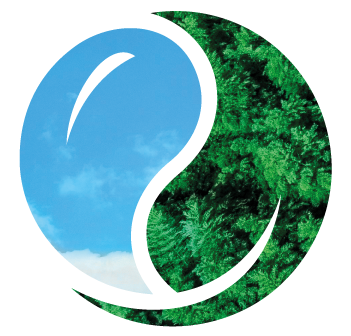Key messages from the 22nd INTOSAI WGEA Assembly
05.02.2024
The 22nd INTOSAI WGEA Assembly was held in Rovaniemi, Finland, 22 – 24 January 2024. On the last day of the Assembly, participants gathered together to discuss the themes raised throughout the Assembly. This is the first time the Assembly discusses key takeaways. After the 21st Assembly, the Secretariat and the host country concluded messages for a summary report, but this time the Secretariat wanted to make the process more inclusive. Instead of recommendations, the Assembly decided to name them as key messages. These messages summarise key takeaways of the meeting and help participants communicate their learning outcomes to colleagues at home. The key messages could also inspire the future work of SAIs across the world. The key messages from the 22nd Assembly are as follows:
1) Environmental issues are global and cross national borders, and regional approaches can be helpful in revealing interdependencies. For example, environmental changes in the Arctic have an impact across the globe. Internationally agreed targets and a review of the impacts and spillovers in neighbouring countries are tools that can be used by auditors.
2) SAIs are well-positioned to address environmental issues that concern governments by looking at those issues in a holistic manner and breaking down ministerial silos. For example, addressing climate change and biodiversity together can help tackling multiple crises together and leverage limited resources to maximum effect.
3) SAIs can play the long game when it comes to evaluating government performance on environmental issues. They are well positioned to look at issues in a longer-term manner in terms of outcomes and future generations even when governments are not looking beyond their electoral term. Auditors can go beyond electoral cycles and should carefully consider the timescale against which they make their assessments and recommendations.
4) Indigenous knowledge and indigenous ways of knowing can be a valuable source of information for auditors, stressing the sustainable use of natural resources and intergenerational perspective, which can complement other sources of information. Many SAIs can assess how their governments are engaging with their indigenous communities and peoples. This acts as an example of “leaving no-one behind”, of taking all perspectives into account, in the spirit of the 2030 Agenda.
5) Various approaches, such as integrating environmental consideration into national budgets, environmental accounting, and sustainability reporting, provide useful points of references to SAIs. These tools can help highlight the strengths and weaknesses of governments’ action or inaction on environmental issues as well as improve SAIs audit methodologies and practices. For example, the field of sustainability reporting is developing fast, and SAIs’ collaboration can increase the national understanding of the forms in which sustainability reporting can take place and what is the role of SAIs.
6) Collaborative projects, such as the ClimateScanner and cooperative audit on Climate Change Adaptation Actions, are opportunities to gain a better understanding of environmental issues that countries are facing and how each government is working to address them. They are also valuable in increasing practical audit skills and knowledge on environmental auditing. In return, this increases the SAIs’ overall capacity to engage with their work and with their government on key environmental issues. SAIs should take all these benefits into consideration when they are thinking about their engagement in collaborative projects.

 Photo: Lapland Photographer / Valokuvaaja Tina
Photo: Lapland Photographer / Valokuvaaja Tina

